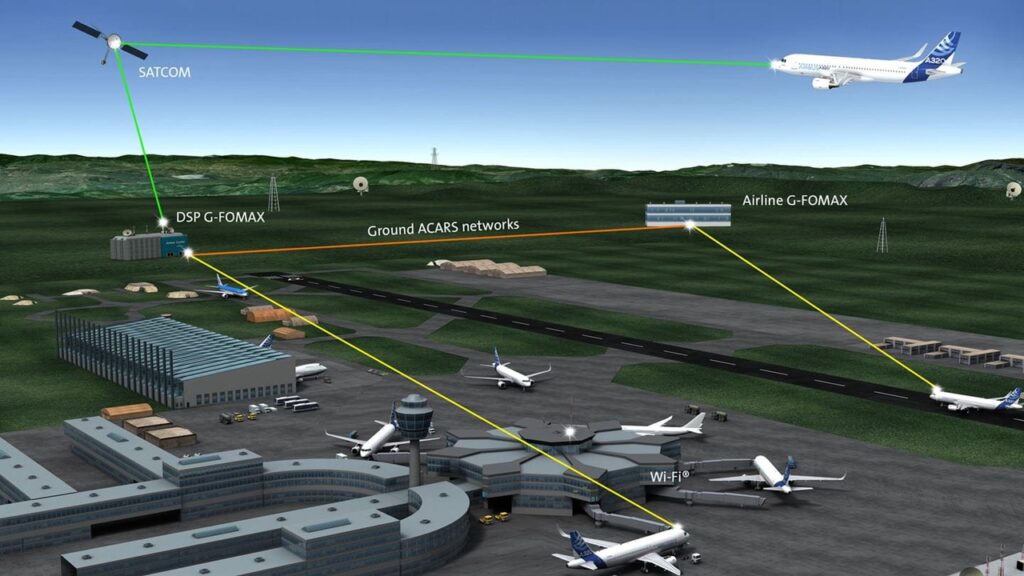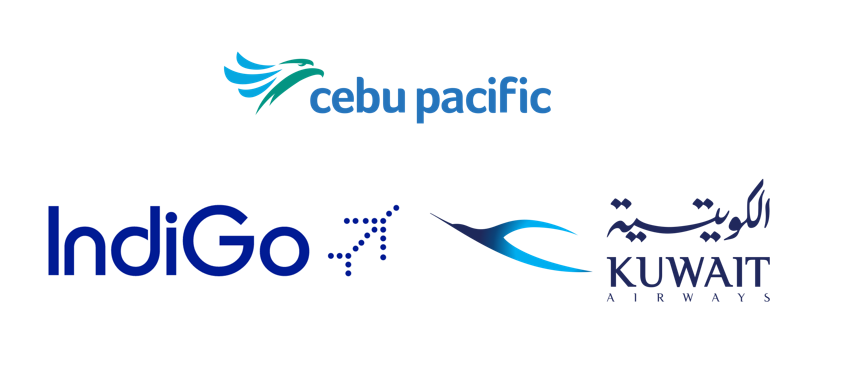
In today’s aviation world, aircraft are no longer just flying machines they’re flying data centers. As someone working in the field of predictive maintenance, I’ve seen firsthand how the ability to access, transmit, and analyze aircraft data in real time can change everything from operational efficiency to safety margins. One of the technologies making this possible is ACARS over IP (AoIP). It’s not a flashy innovation, but it’s a game-changer. While most people associate ACARS with short, simple maintenance messages, the shift toward IP-based communication opens the door to faster, cheaper, and smarter data transmission.
In this article, I’ll walk you through what ACARS over IP really means, why it’s needed now more than ever, and how airlines around the world are already using it to reduce costs and improve decision-making in the air and on the ground.
What is ACARS?
First introduced in the 1980s, ACARS (Aircraft Communications Addressing and Reporting System) is a digital datalink system that allows communication between aircraft and ground stations. It is used to transmit operational, maintenance, weather, and air traffic control (ATC) messages, either automatically or manually.
Traditionally, these messages have been sent using VHF, HF, or narrowband SATCOM, with an emphasis on safety and reliability. ACARS has played a key role in streamlining airline operations by enabling ground crews to anticipate maintenance needs and reduce aircraft turnaround times.
Why Shift to ACARS over IP?
With the advancement of avionics systems, modern aircraft now generate up to 75% more ACARS data than previous generations, according to Collins Aerospace. These growing volumes have revealed the limitations of traditional networks, which are no longer sufficient to handle the data load.
At the same time, SATCOM transmission costs can reach millions of dollars annually per airline. According to Avionics International, some airlines spend over $1 million per month on ACARS transmission fees alone.
ACARS over IP: Entering a New Era
ACARS over IP (AoIP) encapsulates ACARS messages into an Internet Protocol (IP)-compatible format, allowing them to be transmitted through:
• Airport Wi-Fi,
• Terrestrial 3G/4G cellular networks when the aircraft is on the ground,
• Or broadband SATCOM (e.g., Inmarsat GX, Iridium Certus) when in-flight.
AoIP is especially suited for non-critical messages (e.g., engine monitoring, maintenance reports, post-flight data). Safety-critical messages for ATC purposes are still sent through legacy channels to ensure reliability and prioritization.

Benefits of ACARS over IP
• Lower transmission costs up to 20% savings reported by several operators using IP-based sol utions.
• Higher bandwidth to accommodate growing volumes of operational data.
• Secure transmission via VPN and encryption protocols.
• Seamless integration with legacy ACARS systems through solutions like FOMAX (developed by Collins and Airbus for A320/A330 aircraft).
Real-World Use Cases
• IndiGo, Cebu Pacific, and more than 25 other airlines now use AoIP daily to enhance their engine health and maintenance data management.
• Kuwait Airways equipped its A330neos with the Ground FOMAX system, enabling nearly 80% of ACARS messages to be routed over IP.
• Cebu Pacific shifted 30% of its ACARS traffic to SITA FOR AIRCRAFT’s AoIP solution, particularly valuable at domestic airports with limited infrastructure but reliable 3G connectivity.

What is Needed to Enable AoIP?
According to Philippe Rouquiere (Collins Aerospace), the following are required:
• An Aircraft Interface Device (AID) connected to the ACARS management unit.
• AID capability to encapsulate ARINC 618 messages into IP format and convert them back upon reception.
• A secure connection, such as a VPN.
• A ground system capable of converting and routing the AoIP messages to relevant stakeholders (airlines, OEMs, etc.).
The FOMAX AID, available on new A320 and A330 aircraft, includes optional broadband cellular and SATCOM capabilities and integrates directly with the ATSU (Air Traffic Service Unit).
AoIP as a Driver for Operational Performance
AoIP enables:
• Better data integration with maintenance applications,
• Faster information delivery and less paperwork,
• Improved situational awareness for airline operations teams.
It is a critical tool for supporting:
• Predictive maintenance,
• Efficient flight planning,
• Reduced delays and cancellations,
• And improved sustainability.
As Rouquiere explains, AoIP helps airlines proactively detect issues, mitigate operational risks, and optimize overall efficiency, while supporting real-time performance tracking and collective problem-solving.
Working on predictive maintenance topics, I’ve come to realize just how essential aircraft connectivity has become. We often hear about flashy new tech, but sometimes it’s the quieter evolutions like ACARS over IP that make the biggest difference. Being able to send more data, faster, and at a lower cost, while easing the load on traditional networks, just makes sense especially as modern aircraft generate massive amounts of information on every flight. What I find exciting about AoIP is that it sits right at the intersection of technology and operations. And it feels like this is just the beginning. We’re laying the groundwork for a smarter, more connected, more responsive aviation ecosystem.
If you’re working in this field or just curious about it, I’d love to hear your thoughts:
Do you think IP will fully take over cockpit communications? Are we ready to change how we manage aircraft data?
References
• Avionics International, “Airlines Turn to ACARS Over IP to Keep Data Moving,” July–August 2023